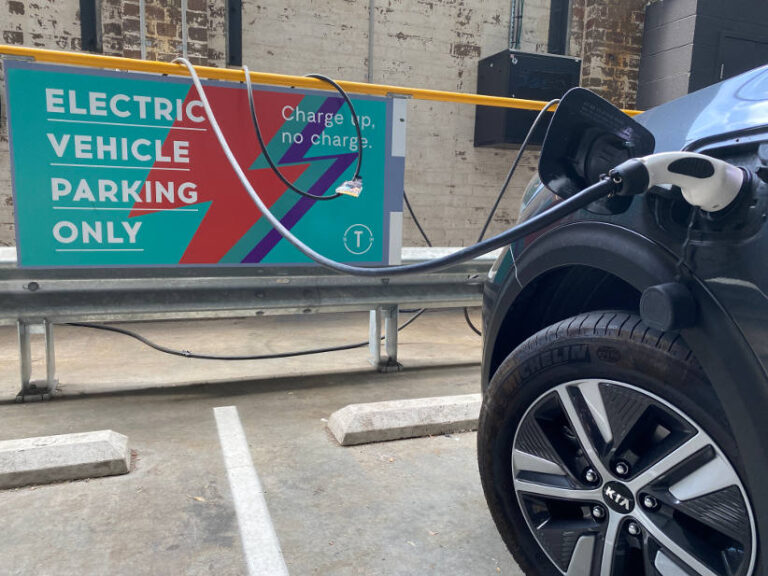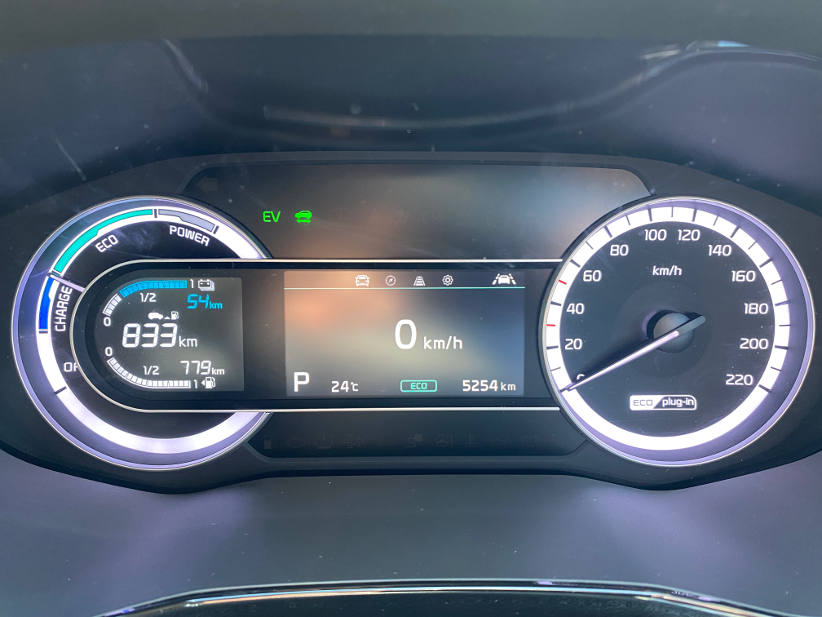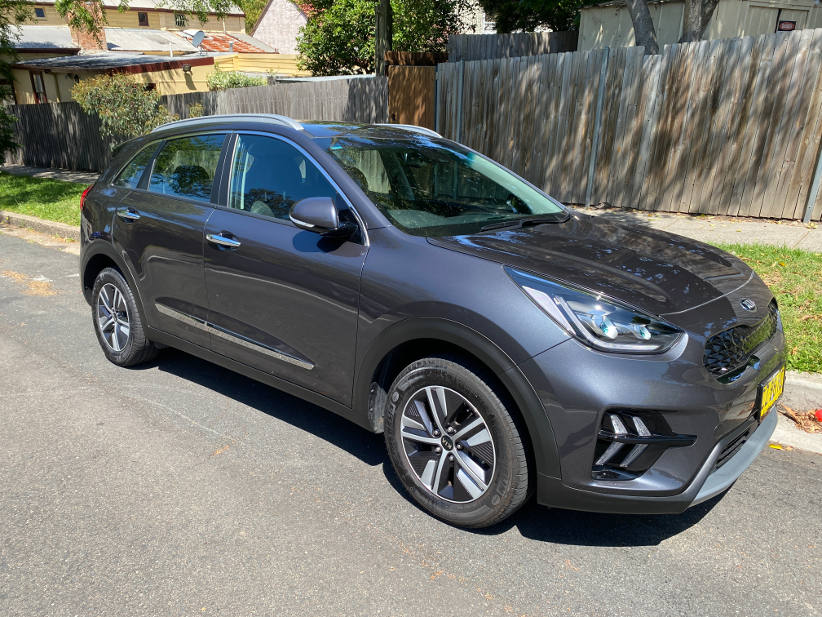– By Henry Bailey –
I was told the Kia Niro PHEV Sport had flappy paddles which seemed strange for an EV. After several minutes of making myself familiar with the car, I realised Kia were using them to adjust the level of regenerative braking. It’s a unique way to repurpose the controls of an ICE vehicle on a PHEV.
Kia was selling the Niro in limited numbers during 2021. Supply was tight and the new model was coming. Loyal kia fleet buyers looking to transition to an electric fleet were eager to test them out. I was surprised to learn during my research that you could buy the Niro with a Hybrid, a PHEV, or a full EV.
Kia has since released the new model Niro with the updated styling and it’s still available as a Hybrid, a PHEV and a full EV.
We started out with a full battery and full tank of petrol which gave us a range of 883km. The Niro PHEV defaults to EV so the first 60 kms were on battery power. It felt quiet, smooth and powerful like all EVs. It’s easy to like over an ICE.
So I got curious, how far could I travel on free electricity? After reading so many positive articles on EV infrastructure, I thought it would be easy.
There’s a free charge station in a shopping centre carpark near my house so I started there. The free parking limit was two hours so I wouldn’t get a full charge but it was a good place to start. The actual process of charging is easy. And it suited my morning routine to drive there and charge while taking a morning walk.
I don’t have off-street parking at home which means the Kia Niro PHEV couldn’t be charged overnight. So I had to plan my trips, and parking locations, to take advantage of any free electricity. I figured it’s a bit like mobile phone data 10 years ago. If you are looking for free wifi, you’ll find it and then make sure you use it for a download when you are passing through the zone.
As a fleet car, the Kia Niro Sport PHEV drives like any small late model hatchback (though it categorised as an SUV). It has all the safety features that are standard on most Kia models. The driver’s seat has electric adjustments. The mirrors fold in when locked (best feature in a fleet car ever). The rear seats are comfortable and there’s enough room for two adults on a longer trip. The boot space is perfect for shopping, suitcases or sporting equipment.
Using it as a fleet car is when reality unplugged our dream of free electricity. The free daily charges weren’t enough to keep us running in EV mode. We started to use the petrol as it was hitting $1.80 cpl post lockdown in NSW.
The Kia infotainment system provided a charge station locator to help us find the nearest EV charging station. Unfortunately, they weren’t free. You needed an account with the providers which would have worked if we owned the car. With Apple CarPlay in the Niro it was easy to down the Plugshare app hoping it would guide us to the nearest free charge station. I was dreaming.
Without the ability to charge at home or work, a PHEV is just another hybrid. If I had off-street parking, the Kia Niro would have been on charge for 8-10 hours straight and my days would have been filled with the bliss of a smooth driving EV.
Charging Diary
27/10 – Full charge and a full tank
3/11 – Free charge for 25km range
10/11 – Free charging for an hour and 15 minutes to get 25km range
20/11 – Another free charge and added 20km
21/11 – Tried to charge at shopping centre but needed cable
21/11 – Got some petrol. It was $1.80 cpl
26/11 – Tried to charge but the spaces were ICEd.
27/11 – Got some more petrol because it was $1.47 cpl








